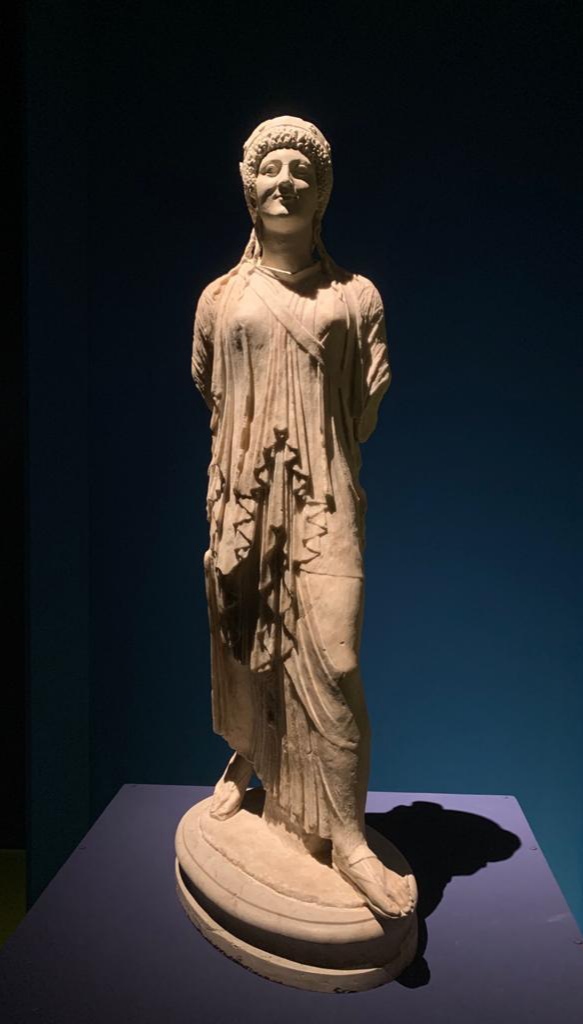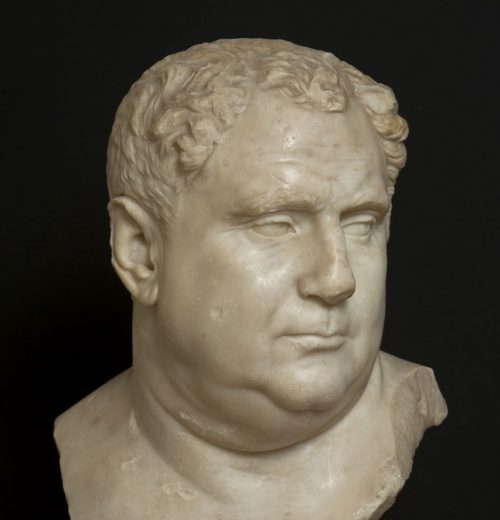
Each object is a journey. The routes of the marbles
The need to procure building materials was innate in the very birth of Venice. Born from the water and stretched out over the sea with a small hinterland, the city did not arise on a previous ancient settlement. It was practically devoid of nearby sources of supply and unable to access, as other Italian urban centers did, that inexhaustible marble emporium that was Rome. A feverish building activity in the late Middle Ages implied great need for building materials: a Venetian peculiarity was, therefore, that of bringing marbles from the Eastern Mediterranean.
The mention of the importation of «noble marble stones» became a topos in the chronicles of the 14th and 15th centuries. The rarest marbles were for the Church of St. Mark, for which contemporary sources testify to the use of spoils taken to nearby cities from the first phase of construction.
The will of Doge Giustiniano Partecipazio, dating back to the 9th century, ordered to use of tones from Equilum (present-day Jesolo) for the church. Ancient, inscribed and uninscribed stones were transported to the lagoon from the Roman ruins of two coastal towns that had entered the Venetian political orbit precociously: Altino, abandoned for a long time and, to a lesser extent, Aquileia that experienced a rapid decadence in the 13th century.
Venice, therefore, turned to the sea: it looked first at the nearby coastal centers, then at the Adriatic centers located along the merchant routes towards the Levant, in Istria and Puglia, from where some of the reused capitals of the church of San Giacomo a Rialto arrived, datable to the second half of the 11th century. It also turned to the East to obtain precious, white, and colored marble.
The importation of the latter responded to practical needs and satisfied the taste for color of Venetian architecture, but also implied other reasons. As goods of remote origin and therefore expensive, one must consider the oriental marbles rare, precious, and, therefore, «worthy of being exhibited» in «an immense display of wealth» made possible by the intensity and extent of the maritime traffic of the Serenissima.
The facts of the Fourth Crusade in 1204 and the numerous looting of Byzantine antiquities perpetrated in Constantinople by the Venetians are known, indeed notorious. Some rare documents also testify to the spasmodic search in the Levant for the marble to be reused. For example, a letter dated 1309 to the merchant Gabriele Dandolo with an urgent request for rare stones for the Church of St. Mark. Having received detailed information, the College ordered him to buy white and green-veined marble for pillars or semi-columns on Miconos and other Cycladic islands. It is most likely Caristio (or Cipollino Verde) marble, widely used in Venice for columns and cladding.
Around 1433, the merchant Giovanni Gradenigo, in charge of transporting timber to Crete, was invited to go to Ierapetra to load columns complete with bases destined for Venice. His ship was too light. He forcedly stopped in Alexandria in Egypt, where Gradenigo had to arrange for the cargo to be transferred to a more suitable vessel at his own expense. We know this story from a letter in which the Council of the Serenissima informed Marco Giustinian, Duke of Candia, of the decision to reimburse the merchant. Although the document does not indicate the purpose of the transport, the official communication apparently proves that the columns were for a public building. It was perhaps the western wing of Palazzo Ducale, decided in 1422 and begun two years later.
Among the Cretan sites, the city had particular advantages for its position on the sea and the wealth of ruins. The most important reports of the sixteenth century on Cretan antiquities (The Description of the island of Crete (1577) by Francesco Barozzi and the Description by Onorio Belli (1596) recalled the excavations undertaken by the Venetians at Ierapetra with the aim of «extracting […] many statues and marble columns».
Another letter, sent by the College to the Provveditore Generale a Candia Giacomo Foscarini, charged him with procuring in Gortina «a good number of columns and other marbles» for the restoration of Palazzo Ducale, damaged by the fire of 1574. Gortina was one of the sites of ancient Crete whose ruins, in the 16th century, were the subject of intense excavation activity by the Venetians.
The Venetians transported to the lagoon large quantities of columns, with a preference for Proconnesian marble columns. Their massive importation constitutes the most striking aspect of the reuse, which, together with collecting, characterized Venice’s relationship with the materials of the ancient world.
The Church of St. Mark, where there are about 400 drawn from the Levant, is the most relevant example, but not the only one. From the 13th-century Ca’ da Mosto on the Grand Canal to many palaces of the 14th – 16th century, from Gothic buildings such as the Church of St. John and Paul to the religious architecture of the Renaissance, the reuse of marble columns from the eastern Mediterranean characterized the urban construction in Venice.
Areas of importation were, therefore, Constantinople (at least until the defeat of the Latins by Michael Palaeologus in 1261), the Aegean islands, Crete, and mainland Greece. The Republic often gave to its sea captains peremptory indications on the types of marble to be taken: not figurative marbles but blocks and columns of a precious variety for architectural elements and coverings. They reused white or colored marble of Greek and Anatolian origin as such, but more often as raw material to obtain paterae, tiles, floor slabs, friezes, frames, and other architectural elements. They still partly constitute the street furniture of Venice.
MDP
For quotes and insights:
L. Sperti, Sul reimpiego di scultura antica a Venezia: l’altare di Palazzo Mastelli, in “Rivista di Archeologia” 20, 1996, pp. 119-138; L. Sperti, Originali tardoantichi e protobizantini e imitazioni medievali tra i capitelli di San Donato a Murano, in Società e cultura in età tardoantica, edited by A. Marcone, Firenze 2004, pp. 233-257; L. Sperti, Osservazioni sulla cronologia e la provenienza dei capitelli più antichi reimpiegati nella basilica di San Marco a Venezia, in Archeologia classica e post-classica tra Italia e Mediterraneo, edited by S. Lusuardi Siena, C. Perassi, F. Sacchi, M. Sannazaro, Milano 2016, pp. 285-296.




